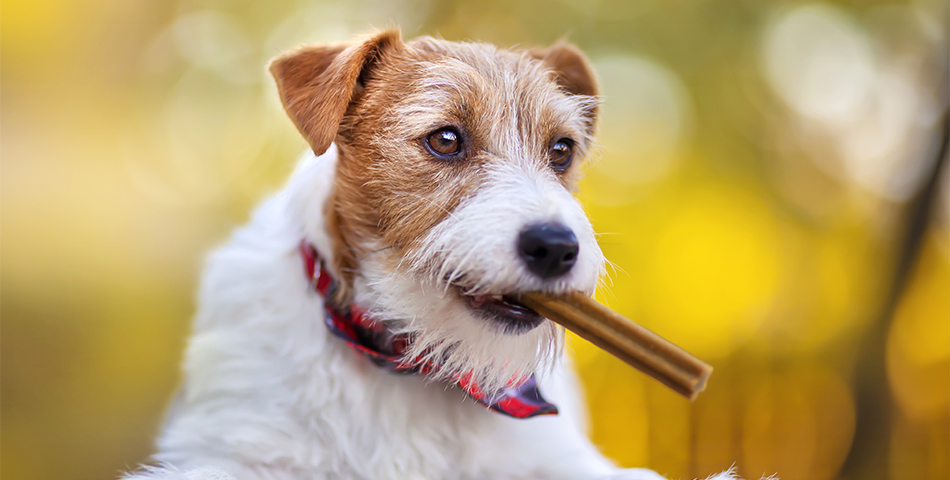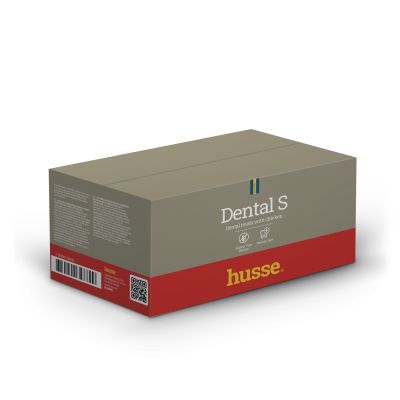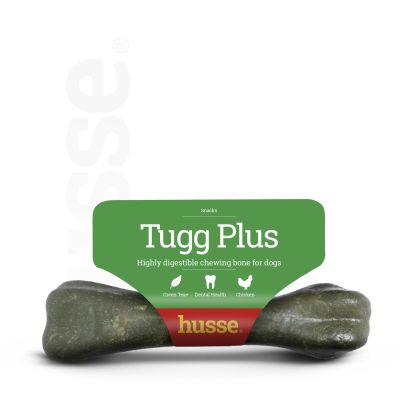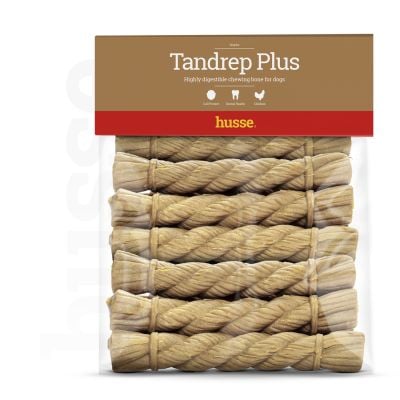Dental snacks
Proper dental care and hygiene are vital to your dog's overall health and can prevent more serious health problems in the future. Using dog dental treats as regular part of your dog’s dental cleaning routine, provides many benefits for your dog by helping with the mechanical cleaning of your dog’s teeth. It’s a great and tasty way to promote oral health and hygiene.

Filter
Sorting
Name A-Z
Name Z-A
Price ascending
Price descending
Topseller
Chewy Sticks DentaMint, 165 g | Delicious chew sticks supporting your dog's oral hygiene
With texture & ingredients which efficiently help improve your dog’s dental hygiene
€20.00


















_400x400.jpg)









